Understanding car engine parts is crucial for any DIY enthusiast who wants to maintain or repair their vehicle. A well-functioning engine is the heart of your car, and knowing how it works can save you time and money. A car engine parts diagram provides a visual representation of the engine’s components, making it easier to identify parts and understand their functions. This article will delve into essential insights from a car engine parts diagram, highlighting key components, their roles, and tips for effective DIY repairs.
Basic Engine Structure
Overview of the Engine
A car engine primarily converts fuel into mechanical energy. This process involves a complex assembly of parts working together to ensure smooth performance. Most modern vehicles use internal combustion engines that rely on gasoline or diesel. Understanding the engine’s basic structure is fundamental for anyone looking to perform repairs or maintenance.
The engine is typically composed of several major components, including the engine block, cylinder head, pistons, crankshaft, and camshaft. Each of these parts plays a crucial role in the engine’s operation. Therefore, recognizing these components helps you diagnose issues more efficiently and understand how various systems work together.
Engine Block
The engine block is the core structure of the engine. It houses the cylinders where fuel combustion occurs. The size and design of the engine block impact the vehicle’s overall performance and efficiency. Within the block, pistons move up and down in the cylinders, creating the power needed to propel the vehicle.
In addition to cylinders, the engine block contains passages for coolant and oil. These passages help regulate temperature and provide lubrication to moving parts. When examining a car engine parts diagram, the block is usually the largest component, indicating its importance in the overall structure of the engine.
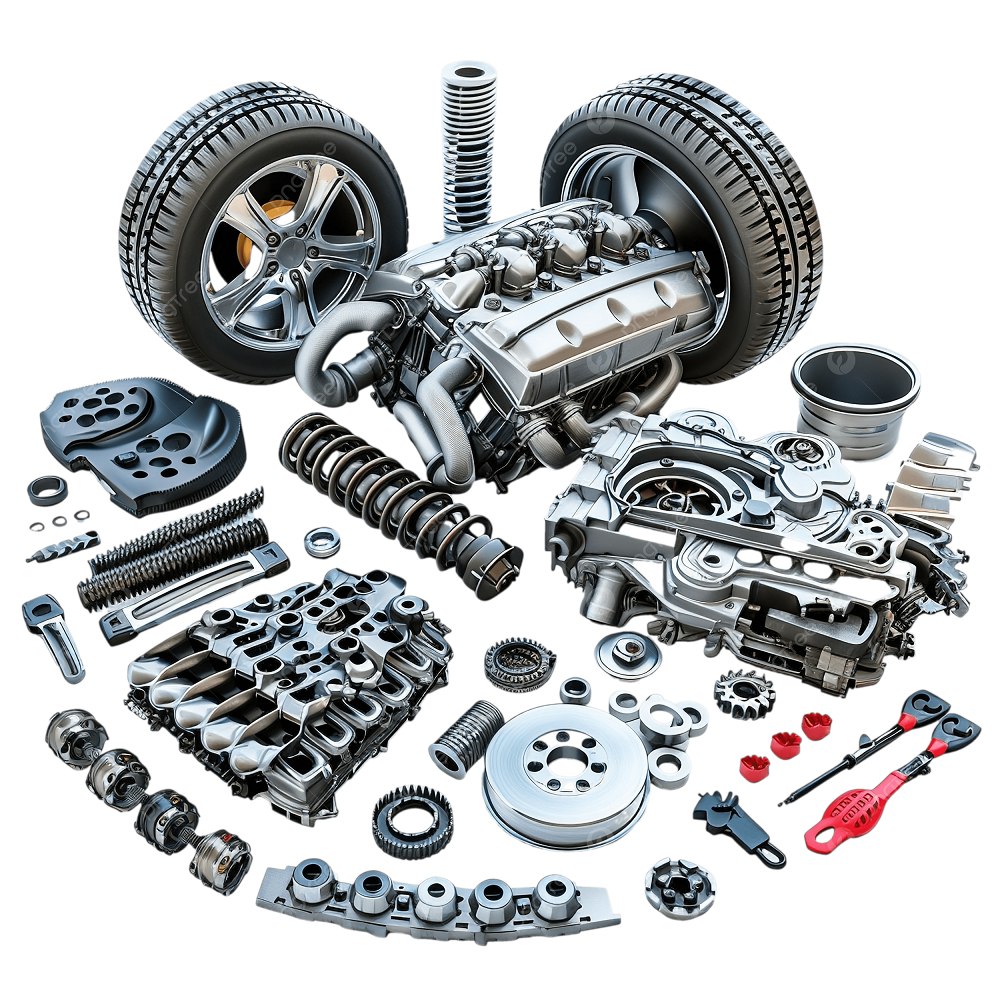
Key Components of the Engine
Cylinders and Pistons
Cylinders are critical components of an internal combustion engine. They hold the pistons, which move in a reciprocating motion to create power. Each piston is attached to a connecting rod that transfers force to the crankshaft, generating rotational motion. The number of cylinders typically corresponds to the engine’s power output, with most cars having four, six, or eight cylinders.
Pistons operate within the cylinders and must fit snugly to maintain compression. A well-designed piston allows for efficient fuel combustion. If the pistons are worn or damaged, it can lead to decreased performance and increased oil consumption. Understanding the relationship between cylinders and pistons is essential for diagnosing performance issues.
Crankshaft and Camshaft
The crankshaft is a vital part of the engine, converting the linear motion of the pistons into rotational motion, which ultimately propels the vehicle. It consists of a series of connected metal rods or arms, which receive power from the pistons. A malfunctioning crankshaft can lead to significant engine problems, including loss of power and vibrations.
The camshaft works in conjunction with the crankshaft to regulate the timing of the engine’s valve openings and closings. It ensures that the engine breathes effectively, allowing fresh air in and exhaust gases out. The camshaft’s timing is crucial for engine efficiency and performance. Any discrepancies in timing can result in engine misfires or reduced power.
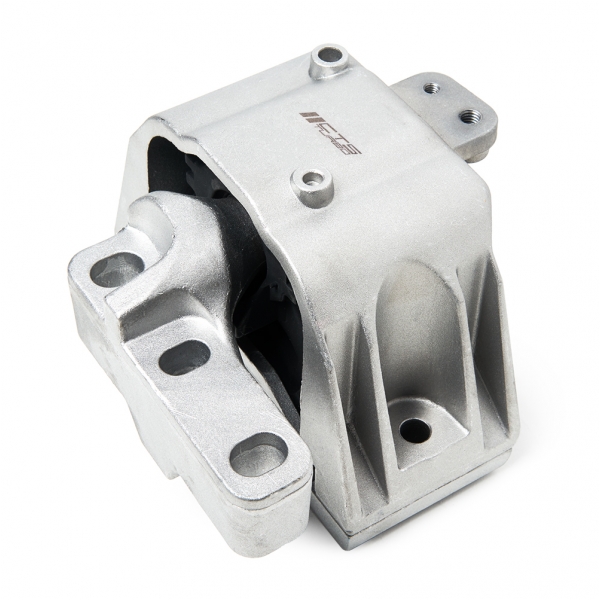
Fuel System Components
Fuel Tank and Fuel Pump
The fuel system supplies gasoline or diesel to the engine. The fuel tank stores the fuel and is usually located at the rear of the vehicle. It contains a pump that draws fuel from the tank and sends it to the engine. The fuel pump is responsible for maintaining the necessary pressure for proper fuel delivery, which is essential for efficient engine operation.
Modern cars often use electric fuel pumps, which provide a steady flow of fuel to the engine. If the fuel pump malfunctions, it can lead to issues such as stalling or difficulty starting. Understanding the fuel system is vital for troubleshooting fuel-related problems that can affect vehicle performance.
Fuel Injectors and Carburetors
In fuel-injected engines, fuel injectors are responsible for delivering the right amount of fuel into the combustion chamber. They atomize the fuel, ensuring a fine mist that combines well with air for combustion. Proper operation of fuel injectors is essential for optimal fuel efficiency and engine performance.
Older vehicles may use carburetors to mix air and fuel. Carburetors are mechanical devices that use jets to control the amount of fuel mixed with air before entering the engine. While they are less common in modern vehicles, knowing how carburetors operate can be helpful for maintaining classic cars.
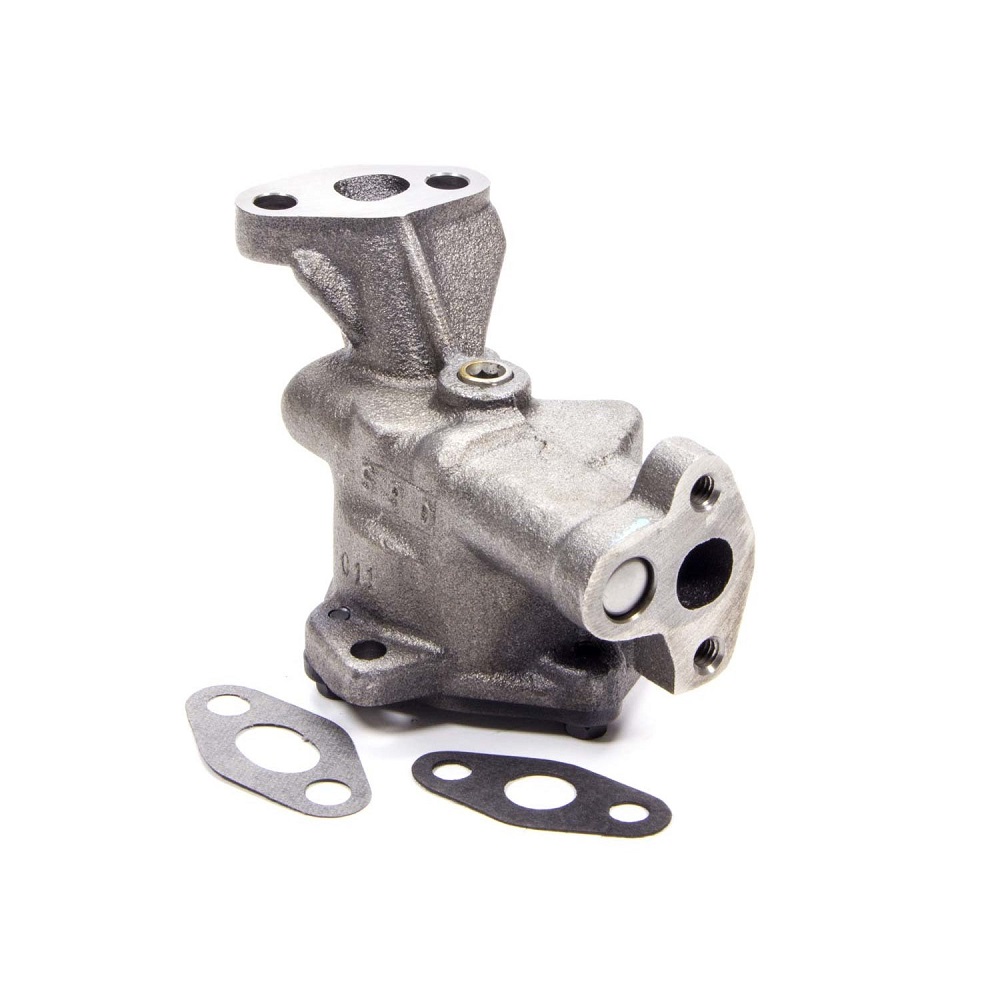
Ignition System Components
Spark Plugs and Ignition Coil
The ignition system is critical for starting the engine and ensuring proper combustion. Spark plugs play a key role in this system by igniting the air-fuel mixture within the cylinders. They need to be functioning properly for the engine to start and run smoothly. Worn or fouled spark plugs can lead to misfiring, reduced efficiency, and increased emissions.
The ignition coil is another important component, converting low voltage from the battery into the high voltage required for the spark plugs to ignite fuel. If the ignition coil fails, it will prevent the spark plugs from firing, making it impossible to start the engine. Understanding the ignition system’s components can help you identify common starting issues or misfires.
Distributor and Ignition Timing
The distributor directs the electrical current from the ignition coil to the correct spark plug at the right time. It plays a vital role in coordinating the timing of ignition across the cylinders. Proper ignition timing influences engine performance and efficiency. If the timing is off, it can lead to poor fuel economy and engine knocking.
Some modern vehicles use distributor-less ignition systems (DIS) or coil-on-plug (COP) setups, which eliminate the need for a distributor. Understanding the ignition timing mechanics is essential for diagnosing starting problems or performance issues related to timing.
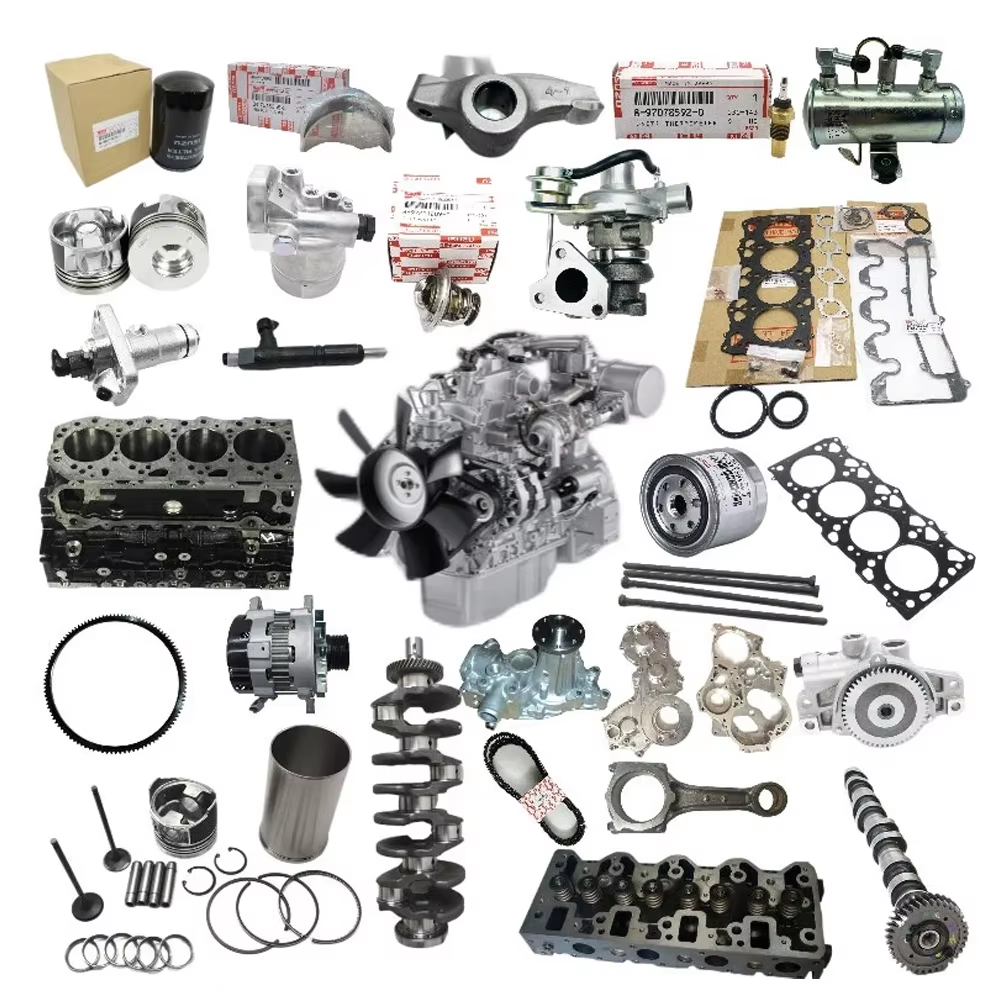
Cooling System Essentials
Radiator and Thermostat
The cooling system prevents the engine from overheating during operation. The radiator is a key component, dissipating heat produced by the engine. As coolant circulates through the engine, it absorbs heat and carries it to the radiator. The radiator then releases this heat into the air, helping to keep the engine at an optimal temperature.
The thermostat regulates coolant flow. It opens and closes based on the engine’s temperature, ensuring that the engine warms up quickly and maintains a consistent operating temperature. A malfunctioning thermostat can lead to overheating or underheating, impacting overall engine performance.
Water Pump
The water pump is responsible for circulating coolant throughout the cooling system. It works to ensure that the engine stays properly cooled, preventing heat buildup. If the water pump fails, it can lead to engine overheating and serious damage. Regular maintenance checks can help ensure the water pump and cooling system function properly.
Understanding the cooling system components allows DIY mechanics to effectively troubleshoot overheating issues and perform timely repairs. Regular checks of the coolant level and the condition of hoses and clamps are also essential for maintaining a healthy cooling system.
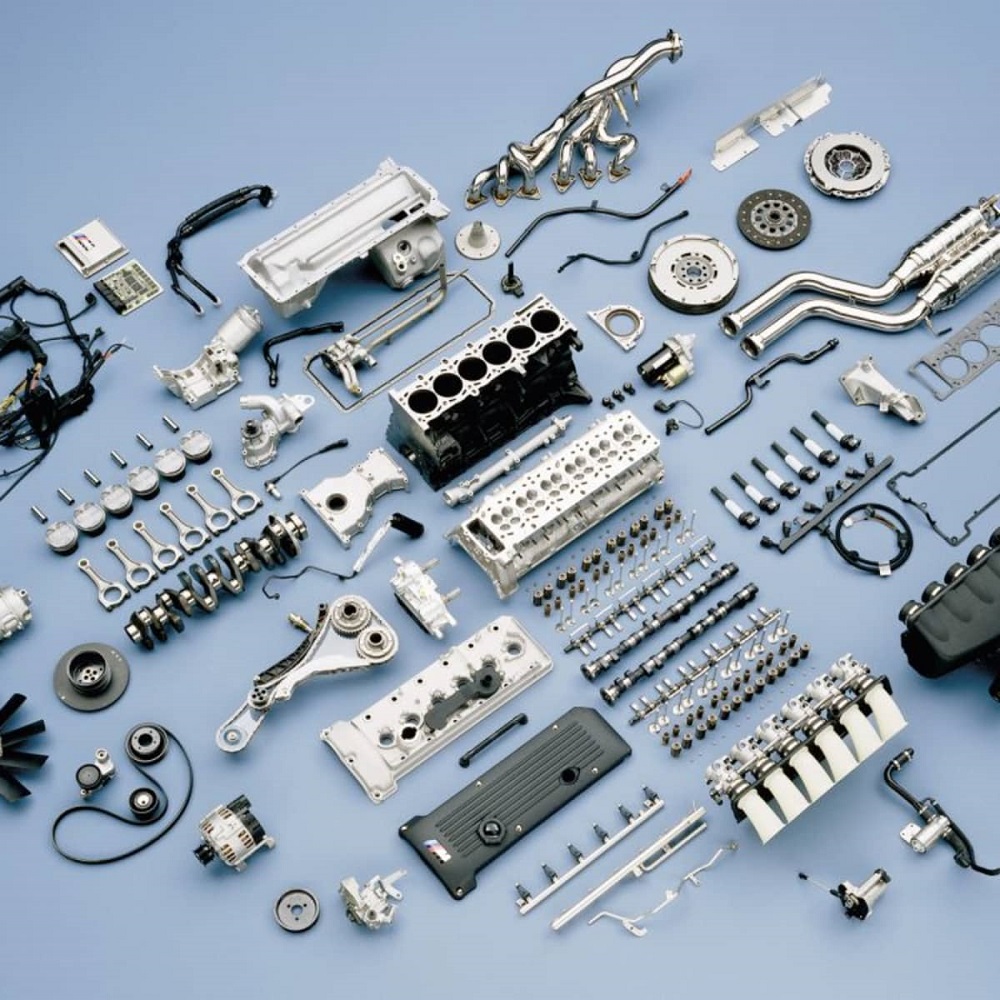
Lubrication System Functions
Oil Pump and Oil Filter
The lubrication system is essential for reducing friction between moving parts, preventing wear and tear, and ensuring smooth operation. The oil pump circulates engine oil throughout the engine, maintaining lubrication for various components. A malfunctioning oil pump can lead to insufficient lubrication, causing severe engine damage.
The oil filter removes contaminants and impurities from the engine oil, ensuring that only clean oil circulates. Regularly changing the oil filter is crucial for maintaining engine health. Neglecting oil changes can lead to sludge buildup and engine wear, significantly shortening the engine’s lifespan.
Engine Oil Types
Different types of engine oils are designed for various driving conditions and engine types. Conventional, synthetic, and synthetic blend oils provide varying levels of protection and performance. Understanding the differences will help you choose the best oil for your vehicle.
Using the right oil for your engine type is essential for optimal performance. Always consult your vehicle’s owner manual for specifications on oil type and viscosity to ensure your engine operates smoothly.
Final Tips for DIY Repairs
Consulting the Diagram
A car engine parts diagram serves as an invaluable tool for DIY repairs. It visually outlines the engine components and helps identify parts when troubleshooting issues. Familiarizing yourself with the diagram enhances your understanding of layout and function, making it easier to locate and replace specific parts.
Before diving into repairs, consult the diagram regularly. This will prevent confusion, especially when dealing with complex systems like the ignition or fuel systems. A clear reference helps ensure that you remain organized and focused during your repair process.
Regular Maintenance Checks
In addition to understanding engine parts, performing regular maintenance checks is crucial for the longevity of your vehicle. Routine checks on oil levels, coolant conditions, and overall engine performance can help you catch small problems before they escalate. Keeping a maintenance log to track changes and repairs will also help in future diagnostics.
Don’t hesitate to invest in quality tools and manuals for your vehicle. A comprehensive service manual can provide detailed step-by-step instructions, making repairs more manageable. Regular attention to your vehicle will not only increase its performance but also save you money in the long run.
Empowering Your DIY Journey
In conclusion, a thorough understanding of car engine parts is essential for DIY maintenance and repair. Familiarity with key components and their functions increases your confidence and capability as a car owner. Utilizing a car engine parts diagram enhances your overall comprehension, making repair tasks clearer and more achievable.
By delving into the mechanics of your vehicle and performing regular checks, you can empower yourself on your DIY journey. Knowledge of essential engine components equips you to handle repairs effectively, ultimately leading to a better driving experience. Embrace the learning process, and explore the intricacies of your car, transforming maintenance into an engaging and rewarding endeavor.
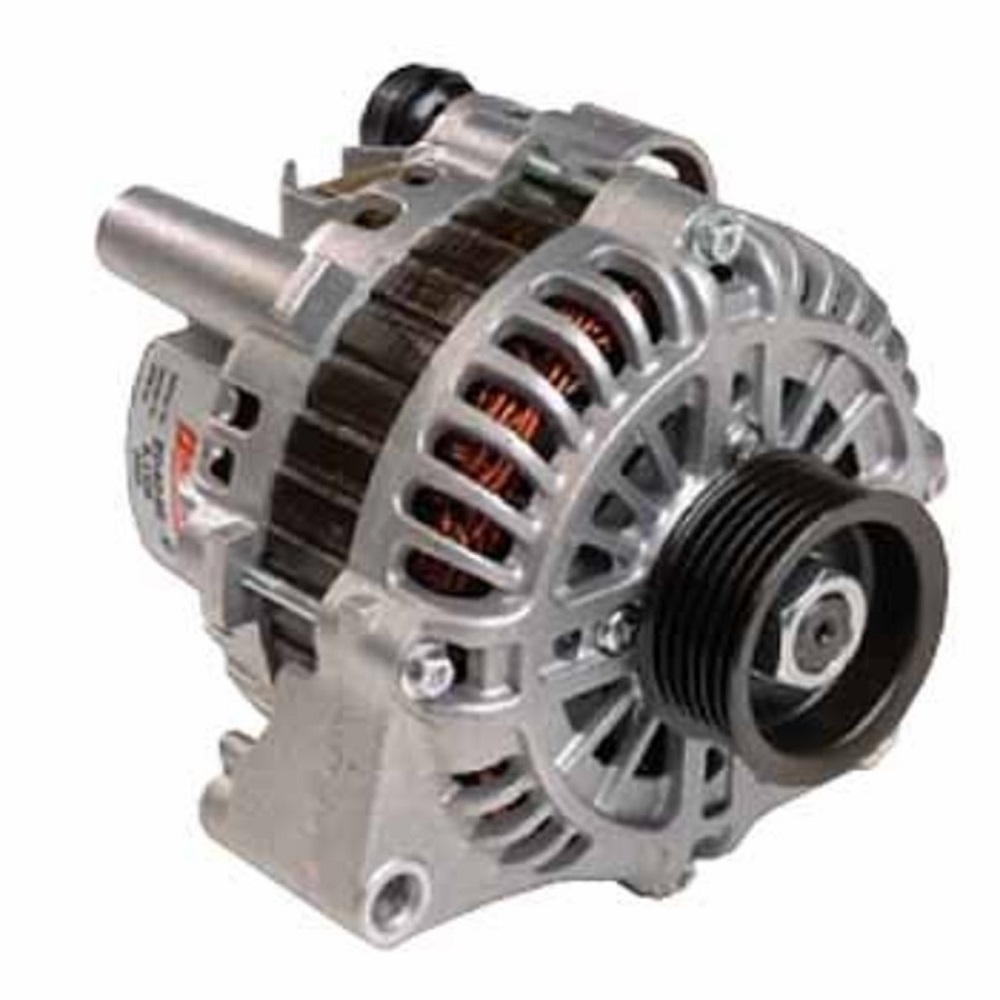
Leave a Reply